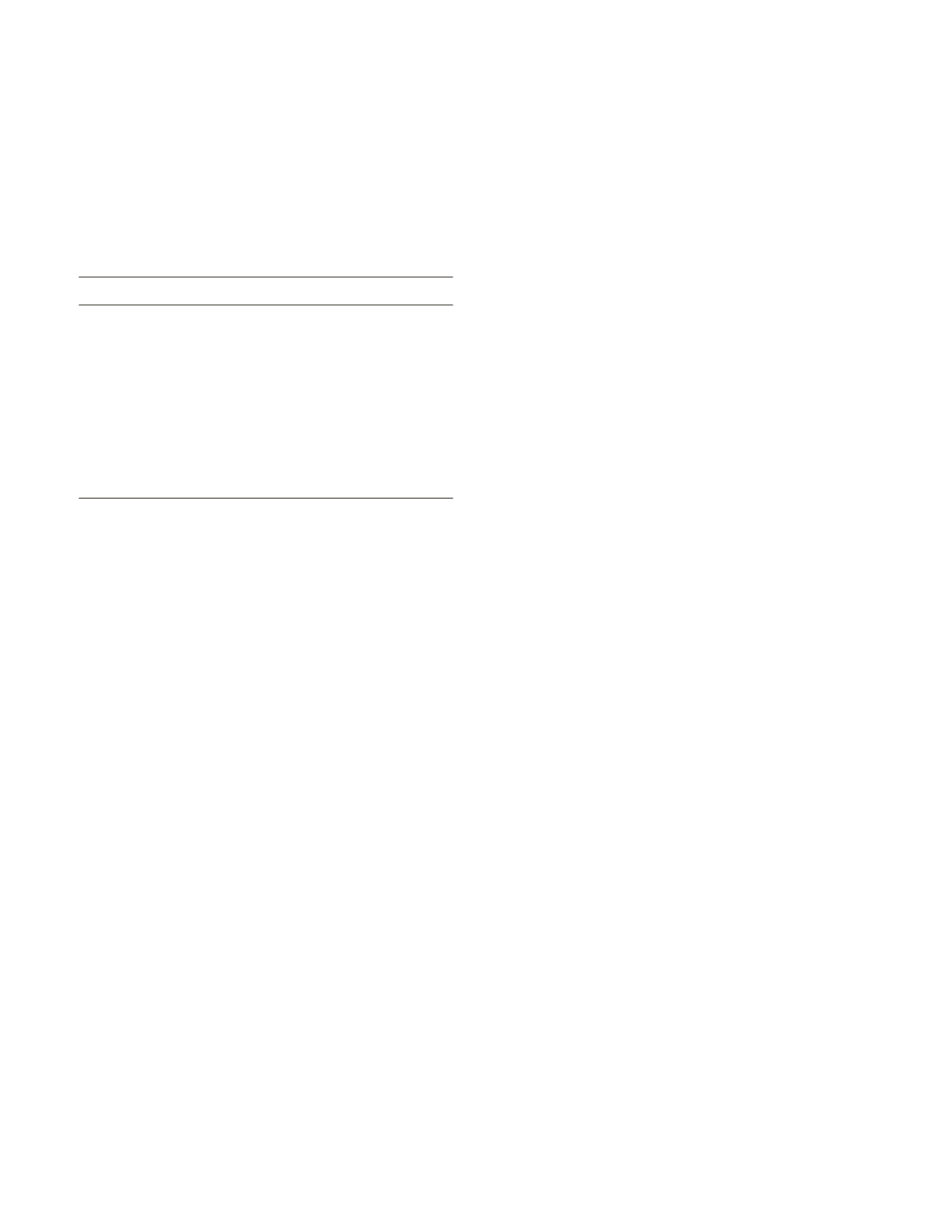
i nc lu s i ve f i nanc e
9
be tracked to understand the continued state of exclusion
as also the credit-GDP ratio at the district or state level,
as a measure of financial deepening.
T
ABLE
1.3
Crisil Inclusix: Top States/Union Territories
and Districts
States/Union territories
Districts
Top 5
Puducherry
Pathanamthitta
Chandigarh
Karaikal
Kerala
Thrissur
Delhi
Ernakulam
Goa
Thiruvananthapuram
Bottom 5
Manipur
Kurung Kumey
Bihar
Mon
Nagaland
South Garo Hills
Arunachal Pradesh
Imphal East
Chattisgarh
Ukhrul
Source
: CRISIL (2013).
1.4.2 Financial Inclusion Insights Tracker Survey
and Digitized Government Payments Study
20
Financial Inclusion Insights, an international research
program on digitized financial services supported by
the Bill and Melinda Gates Foundation, conducted the
Tracker Survey and the Digitized Government Payments
Qualitative Study in India from October 2013–January
2014 which studied the financial behavior of Indian
adults. In particular, the focus of the study was on the
access and use of banking services and mobile money ser-
vices as well as triggers and barriers for potential uptake.
The Tracker Survey
covered a nationally representative
sample of 45,024 Indian adults, ages 15 and older on
access and use of financial services
21
as well as barriers
and potential for future use and was conducted from
October 2013 to January 2014.
The Digitized Government Payments Study across
four districts in the state of Maharashtra was conducted
during December 2013, and focussed on the potential
for digital government payments to expand financial in-
clusion. The study covered beneficiaries of social security
pensions, post-matric scholarships and National Rural
Employment Guarantee Scheme (NREGS) as those who
receive payments through Direct Benefit Transfer (DBT)
and those who receive payments in non-DBT form (e.g.,
cash, cheques, etc.)
The key findings of the survey and study were:
General Financial Behaviour
•
70 per cent of those who saved money did so in a bank
and 35 per cent saved at home. Nationally, 3 per cent
saved through village-level savings groups. Village-level
savings groups were relatively more popular in states
such as Andhra Pradesh (23 per cent), Chhattisgarh
(18 per cent) and Maharashtra (14 per cent).
•
For loans, most borrowers relied on those within their
personal networks, including relatives, neighbours
and friends (67 per cent).
Eleven per cent of borrowers
borrowed from a bank
, 12 per cent borrowed from a
private money lender and 4 per cent borrowed within
their savings group. Based on the state-wise analysis,
Tamil Nadu topped the chart with 52 per cent of the
respondents depending on money lenders for a loan
and Bihar occupying the second place with 46 per cent
of the borrowers opting for loans from money lenders.
Madhya Pradesh (39 per cent), Assam (37 per cent)
and Jharkhand (30 per cent) were the other states that
also had a high number of borrowers dependent on
money lenders.
•
As far as
digital financial services
22
were concerned,
according to the Tracker survey,
48 per cent of respon-
dents had accessed a bank account,
23
47 per cent of the
respondents held a bank account, and 25 per cent of
respondents actively used
24
a bank account
. Only 0.3
per cent of respondents, however, had accessed Mobile
Money, 0.2 per cent of respondents wereMobileMoney
account holders and only 0.1 per cent had actively
used their Mobile Money accounts. 0.07 per cent of
the respondents held both active bank accounts and
an active mobile money account, whereas rest of the
respondents (nearly 75 per cent) neither held active
bank nor mobile money accounts.
•
Although 47 per cent have their own bank account,
only 54 per cent of these bank account holders
have used their bank accounts actively (in the past
90 days).
•
77 per cent of active bank account holders (base =
10,570) said that their bank branch was within 5 km
(base = 10,570) and 84 per cent of active bank account
holders said that their ATM was within 5 km (base =
3,323).


